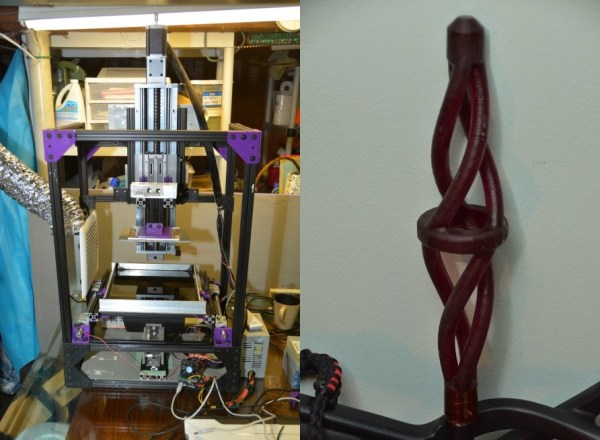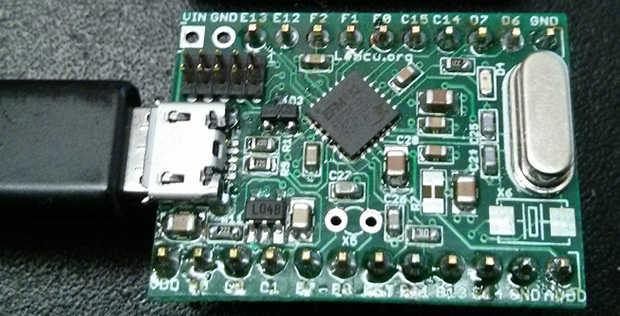
Last Wednesday, our Hackaday travels took us to the Washington, DC area for a visit to NOVA Labs near Dulles and a yet-to-be opened Metro stop. Also on our itinerary was a visit to MakeDC, an informal get together for people around the nation’s capitol to show off their latest projects and builds.
The highlight of the evening was a pair of talks from [Julian] and [Taylor] on a project they did for work: a social cooler, or a locked box holding cool drinks that will only open when enough people send a text to a certain number. We’ve got [Julian]’s talk on video, but despite our fancy new camera gear for this sorta thing, [Taylor]’s demo of what an Electric Imp can do was lost to the digital wastes.
Aside from [Julian]’s talk on APIs and [Taylor]’s talk on the Electric Imp, there were a few impromptu presentations from the attendees. One of the most thorough was the duo from Shiny & Jackal Cosplay, crafters of EVA foam and LEDs. Truth be told, Hackaday doesn’t see many of these ‘softer’, cosplay and prop making builds in the tip line, and that’s a shame; the amount of skill that goes into these costumes is at least as equal as a woodsmith that can build fine furniture using only hand tools.
Perhaps a little premature, but TechShop is opening a new location in Arlington, VA at the end of the month. The GM [Addam Hall] was there scoping out the hacks and letting the attendees know there’s going to be a huge, awesome shop that’s down town in Crystal City. Close enough to public transportation, anyway, because anyone who drives in DC is certifiable.
The last item of note isn’t a build yet, but it’s shaping up to be pretty cool. It’s BRWRY – pronounced, ‘brewery’ – and will be a semi-automated beer making machine. Robots and beer, what can’t you love?
We’d like to thank [Zach], [Julian], [Taylor], and all the other guys from iStrategyLabs for putting together a nice evening of hanging out, drinking beer, eating pizza, and talking about what you’ve built. We had a great time, and we’re looking forward to the next one, as well as any other similar get together in other cities.

















